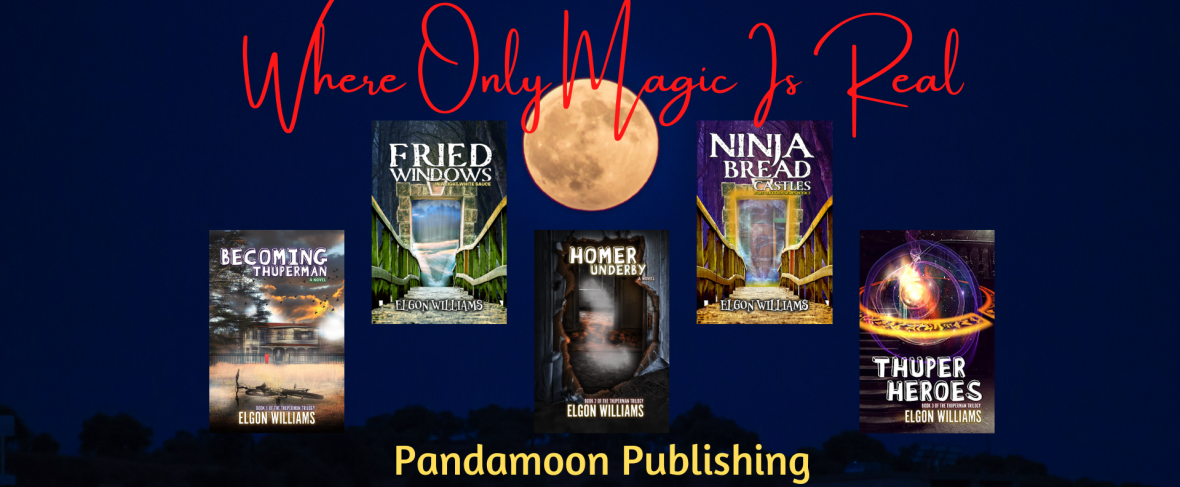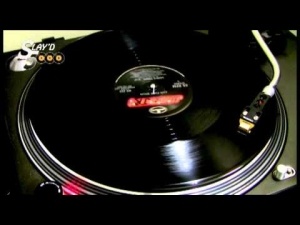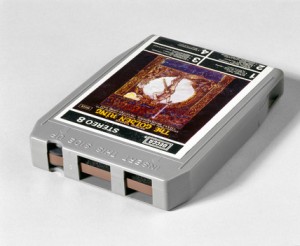Anyone who grew up in the fifties, sixties or seventies probably had a collection of vinyl records, whether 45’s (45 RPM singles) or LP’s (Long Playing 33 1/3 RPM albums). You may not know the history behind their development or the evolution of high fidelity (hi-fi) recording techniques. And you may not be aware of the real reason those 45 RPM records had large holes for the center spindle. But You listened to music recorded on them.
In the 1930’s recordings were made using vibrating needles to etch shellac discs. Playback was accomplished by spinning the disc at the same 78 RPM at which it was recorded and playing it back with another needed tracing the same analog pattern to reproduce as much of the original sound as had been captured. By today’s standards – and even the standards of 40 years ago – the resulting recording were fairly low fidelity. It was subject to high surface noise produced by the needle’s friction against the disc. The needle’s sharp tip actually dug into the disc’s surface producing clicks, pops and crackles so that the more times it was played the lower the quality of playback.
By the late 1930’s two recording companies, Capital and Columbia, were experimenting with a new medium for producing recordings called polyvinyl chloride derived from processing the byproducts of making kerosene, gasoline and fuel oil from crude oil. Each company filed for patents on their technologies. Capital which commonly produced popular music established a standard 45 RPM recording standard using a 7 inch diameter list of vinyl. Recording times per side of the disc were limited to about 4 minutes, depending on the dynamic range of the recording. Columbia which dealt more with classical and symphony music established a longer playing 33 1/3 format using a 12 inch diameter disc which allowed for a maximum recording time per side of 23 minutes, again depending on the dynamic range.
Later a third sized disc called an EP or extended play standard was established using a 10 inch disc that also played at 33 1/3 RPM. EP’s were generally used within the recording industry for demos and recordings of less than full album length and could usually capture two or three single-length songs per side. The term EP is still used today though it refers to two, three and four track CD recordings that are sometimes issued to create interest in a band prior to the release of a debut album.
According to the patented standards both Capital and Columbia released separate playback devices for their recordings. Since the devices were so similar, Capitol was concerned that some competitor would simply adapt a Columbia player to perform spin at 45 RPM. So they included a larger center spindle hole in an effort to prevent this. Of course the strategy was less than successful and it was pretty easy to modify a player to work at both speeds by lengthen or shortening the drive belt.
Also part of the standard was to use a polished crystal playback stylus. Industrial sapphire or diamond were commonly used. Though people still referred them to as needles they were actually not. The tips were rounded to prevent gouging into the bottom of the vinyl groove. Because of this, the tracking weight of the stylus in the groove would slightly displace the relatively elastic vinyl at two points deep in the groove. The more weight, the greater the displacement and eventual wear. In theory the groove wall would eventually snack back to its original shape but if it were played repeatedly it would wear excessively. In practice some styli used tracking weights that would take a month or longer for the vinyl to fully recover.
In early 1940’s RCA pressed the majority of all 78 RPM discs sold in the US. Seeking to capitalize of the transition to vinyl they produced a playback device that could change speeds. For a time these devices included an even slower 16 1/2 RPM setting though that standard never became popular for anything other than instructional materials used in education and commercial training products. RCA also licensed both 45 RPM and 33 1/3 RPM technologies from both Capital and Columbia and pressed recordings for both companies. However, the larger center hole in the 45 RPM records required a spindle adapter on RCA players, some changers could stack multiple records for playback. By the 1950’s 45 RPM records were ubiquitous and the mass production equipment with the large central hole was in already place at pressing plants There was no reason to eliminate the larger center hole. Some smaller record presses catering to lesser known artists and actually made 45 RPM records with a small center hole like a LP that could be knocked out to a larger hole if needed for a particular playback device.
For teens in the 50’s and 60’s the larger center hole was a popular convenience for carrying a stack of records to a friend’s house or to a party using one hand, sticking the thumb through the middle and looping the index or middle finger around.
By the 1960’s the recording industry changed on many fronts. The introduction of stereophonic recording in the late fifties had made it way from classical records to the mainstream market for popular music. More popular artists were releasing stereo versions of their songs. The recordings were produced using separate channels for the left and right groove walls. Still albums were released only after a collection of singles existed including both A sides and B sides. By the middle of the decade a few prominent acts like The Beatles began experimenting with the longer playing record format for theme albums purposely written and recorded for the format. By the 1970’s it became increasingly common for recording artists to release an album from which single tracks were elected for release on 45 RPM records. Also by then stereo was the established standard for recording.
In the late sixties and early seventies RCA produced nearly every vinyl record commercially produced in the US including those for other labels under licensing agreements. Also during this period alternative formats using tape became available. Previously recording tape had been used in studios for mastering albums with 1/2 inch 8-track and wider 1 or 2 inches multi-channel tapes the standard. With tape higher recording speeds meant higher fidelity and lower noise during playback. One-quarter inch tape was generally used in four channel decks. But large reels were not commercially viable for sale to anyone except the most extravagant and discerning audiophiles.
One-quarter inch Eight-track, single-spool tape loops were marketing for use in private jets and boats where playback of record was impractical due to motion and vibration.The system used four sets of stereo tracks. These devices made their way into automobiles beginning in the late 60’s. Though the playback quality was inferior to records due to hiss and track crosstalk the tapes were popular for their convenience and portability. Also 8-track recorders were sold that allowed people to make their own recordings of their favorite music for playback in their car.
The first attempts to release cassette tapes as an alternative to the 8-track were not successful due to higher tape hiss and lower sound quality. However, with the introduction of Dolby processing the hiss was significantly reduced and assets became a popular recording format, though primarily for audio enthusiasts recording their now mix tapes for traveling or playing at parties.
Also n the early 70’s there were experiments with 4-Channel or Quadrophonic playback. There were two competing standards, CD-4 and SQ. The encoding and playback requirements differed even though both standards were backward compatible to serrate and, when played, the records would produce stereo sound without quadrophonic decoding equipment. CD-4 uses four discreet channels in the final remix. The playback of the channels required a special, sharper stylus what receded groove wear even when playing back standard stereo records. A high frequency decoder picked up the encoded signal and demodulated it. SQ mixed back channel information into the existing tracks in a way that an SQ decoder could pick up the information and separate it. It did not require a special stylus but the channels were not discreetly distinct. Neither standard became popular though some electronics companies later in the 70’s experimented with digital time delays to produce the ambiance of a larger room during playback.
By the mid 1970’s record production and engineering techniques pioneered by select audio engineers advanced standards that reached true high-fidelity standards. Some tricks with analog recording devices and recording speeds combined with he quality of the vinyl used produced more expensive, limited edition, half speed masters of commercially successful recordings. Where the dynamic range of most records was 70dB above background surface, some of the special discs boasted 85dB. Other playback devices used as autocorrelation to open harmonic windows for allowing the music to pass through while canceling out random background noise. Decliner compressing and decompression (dBx) was employed to encode a recording with present dynamic range compressions that was decompressed at the time of playback. This was over and above the industry standard RIAA compression that limited the recording bandwidth to 50Hz to 15kMz by compressing signals below and above that dynamic range and using decoding through the pre-amplification of the single prior to it being reproduced. Ostensibly this standard was intended to allow for more music to be included per disc side of an LP record with complete loss of full 20H to 20kHz dynamic range. All stereophonic reproduction equipment used the RIAA standard for playback of records.
Technologies developed in laboratories in the late 70’s led to digital music sampling and the eventual use of compact discs for commercial sale of music Although purists contend that analog recordings are inherently superior in quality to digitally sampled recordings – due to something being lost in the processing of the signal, CD’s boasted dynamic range upwards of 90 to 95dB over background noise. Much of the gain came from the virtual elimination of noise created in the recording process provided the recording was 100% digital from the studio throughout the process. Of course, CD’s made from master tape recordings have some residual tape hiss as the digital processing does not distinguish hiss from the music unless some form of autocorrelation is used prior to the creation of the digital file.
One school of thought about digital recording is that if the sampling rate is high enough the human ear cannot discern the difference between digital and analog. The point is moot. Some people will say you then can tell and there have been some studies to support their claims. For the purists and demanding audiophiles high quality vinyl records are still produced today using many of the techniques introduced in the 1970’s to ensure the highest quality product.
#VinylRecords #LPs #Albums #45s #Singles #CapitalRecords #ColumbiaRecords #RCARecords






























